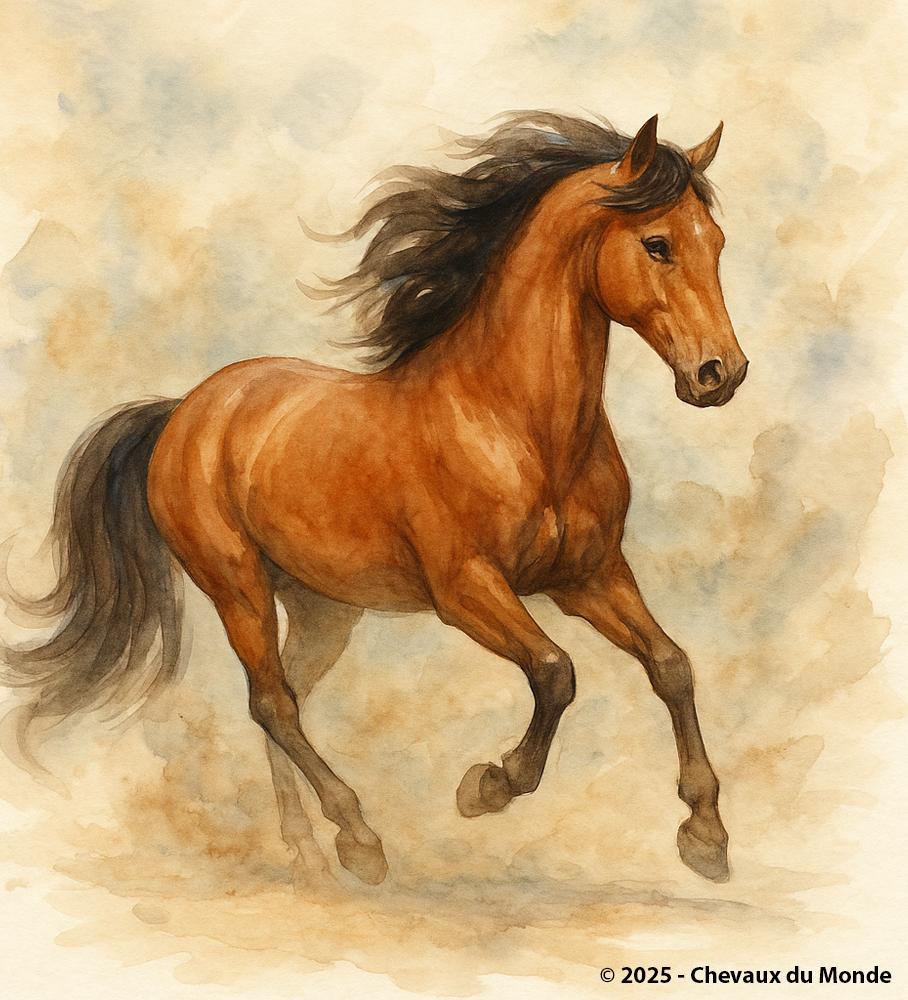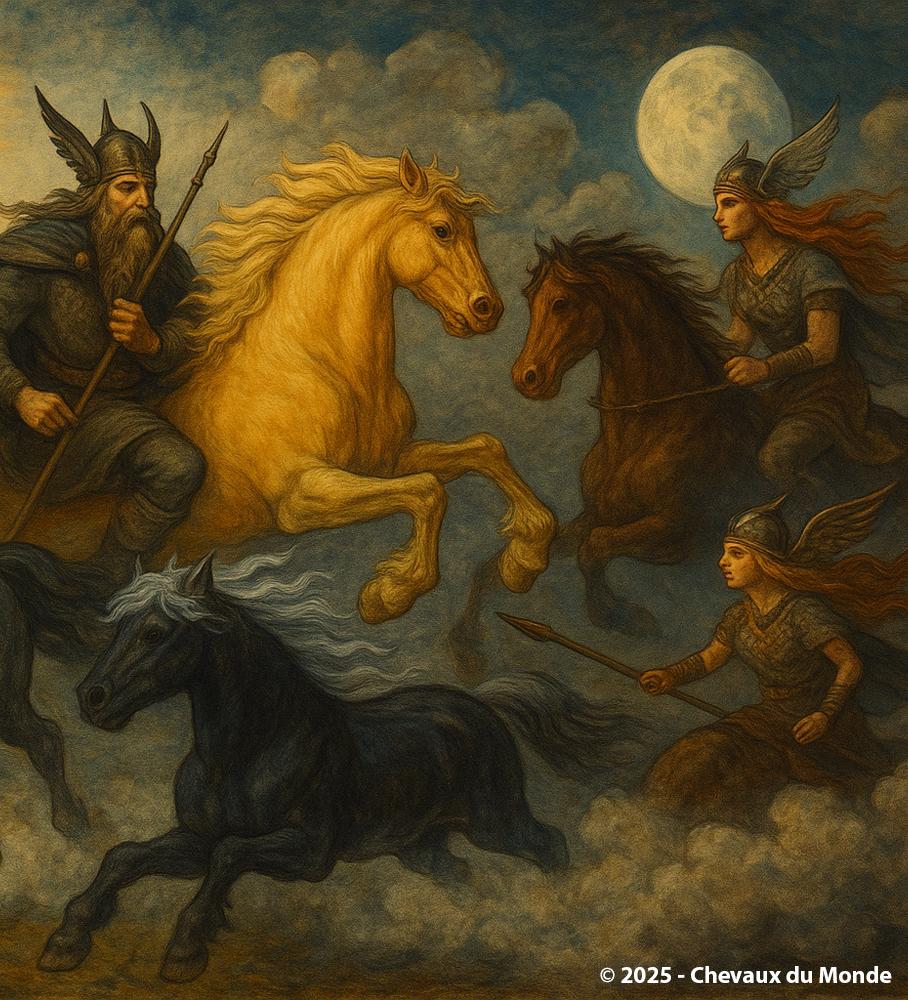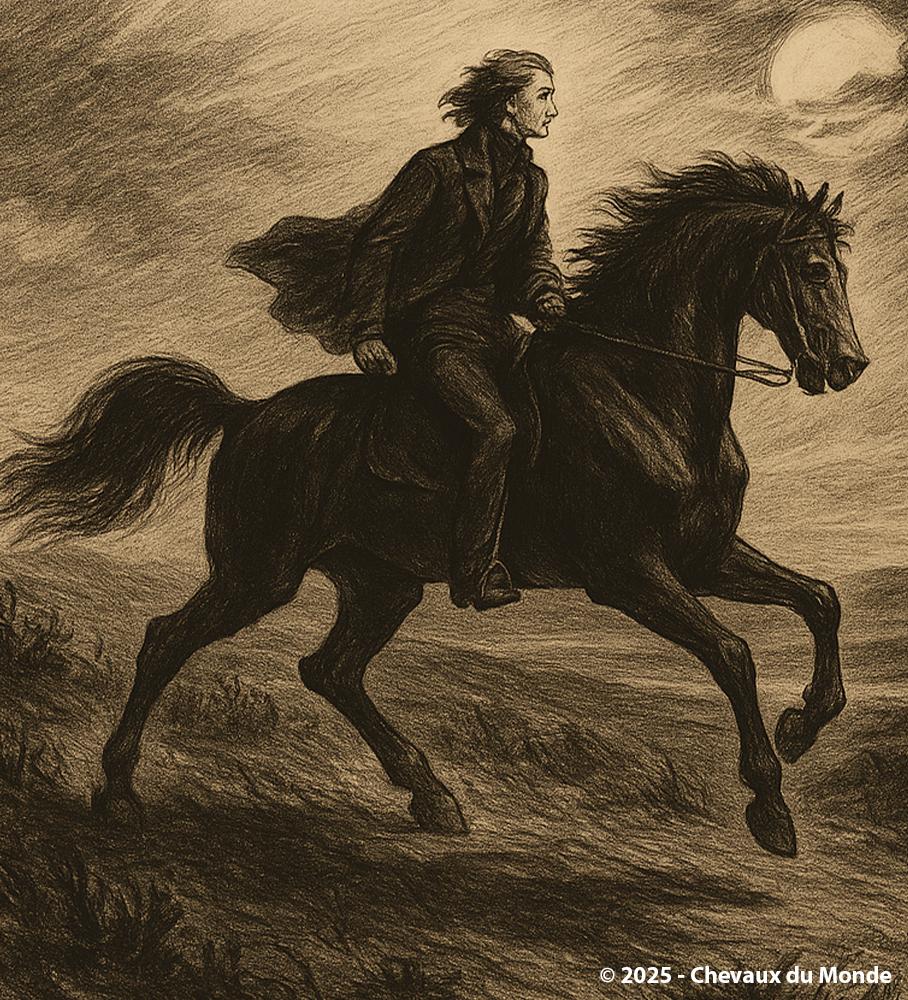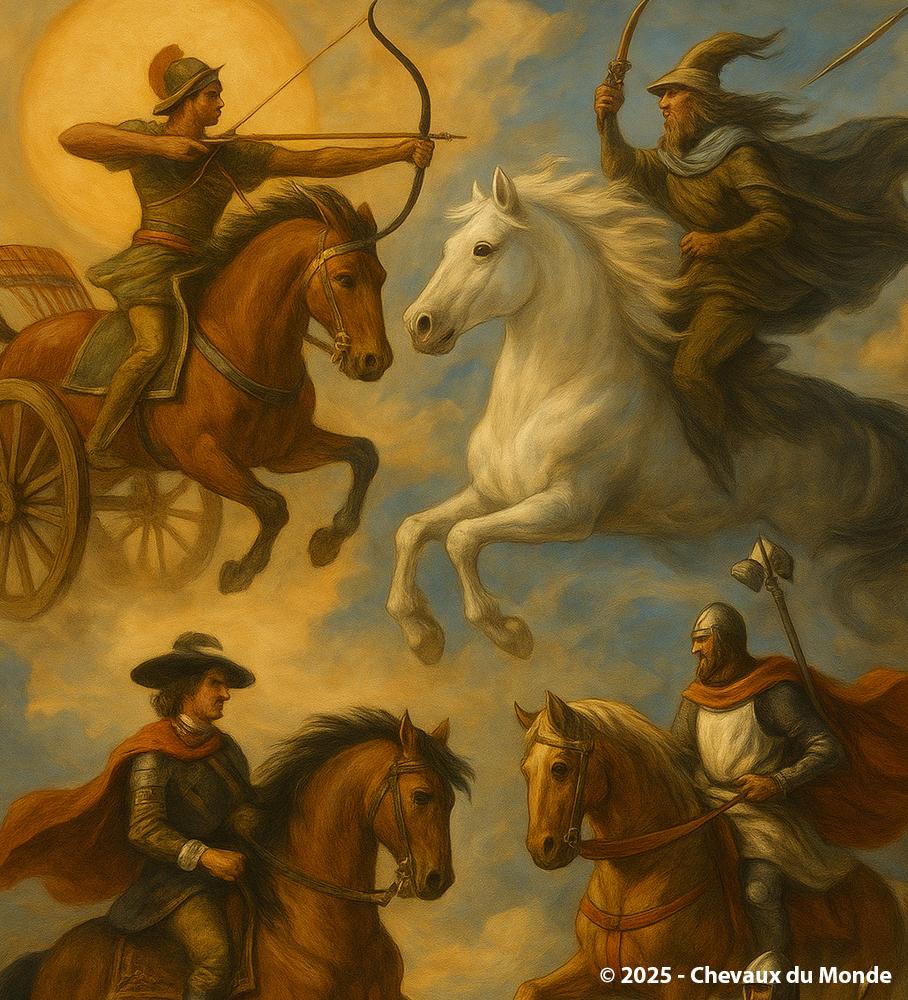PEGASUS, THE WINGED HORSE: SYMBOLS AND LEGACY
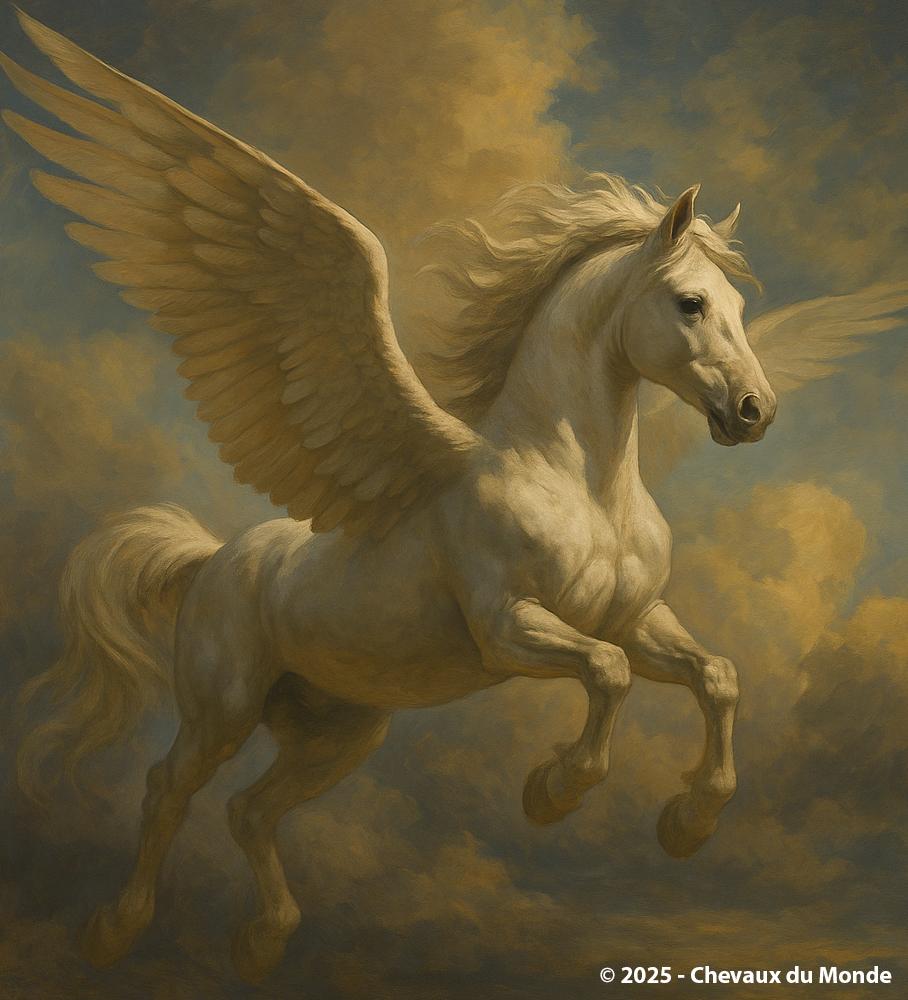
Pegasus, messenger of the gods: a timeless symbol of inspiration, poetic flight, and spiritual transcendence.
A universal mythological figure, Pegasus embodies power, freedom, and spiritual elevation. This winged horse, born from Greek mythology, has crossed the ages, inspiring artists, poets, philosophers, and even modern institutions.
I. Mythological Origins of Pegasus
1. The Birth of Pegasus
According to Greek tradition, Pegasus was born from the blood of the Gorgon Medusa, when she was decapitated by Perseus. At that moment, two beings emerged from her body: Chrysaor (a giant armed with a golden sword) and Pegasus, the white winged horse.
2. The Divine Creature
Pegasus is not a simple fabulous horse: he symbolizes a divine being linked to the gods of Olympus. He is often associated with Poseidon, god of the seas, who fathered Medusa’s offspring, and with Zeus, who later uses him to carry his thunderbolts.
II. Pegasus and the Heroes of Mythology
1. Bellerophon and the Taming
The hero Bellerophon was the first to ride Pegasus. With the help of the goddess Athena, who gave him a golden bridle, he managed to tame the winged horse. Together, they accomplished great deeds.
2. The Battle Against the Chimera
The most famous episode is the fight against the Chimera, a fearsome monster with the head of a lion, the body of a goat, and the tail of a serpent. Riding Pegasus, Bellerophon defeated the creature by flying above it and shooting arrows.
3. The Fall of Bellerophon
The story also warns against hubris: Bellerophon, intoxicated by his power, attempted to reach Olympus on Pegasus. Zeus sent a gadfly to sting the horse, who threw off his rider. Pegasus, however, continued his flight and joined the gods.
III. Symbols Associated with Pegasus
1. Freedom and Elevation
With his wings, Pegasus represents absolute freedom, the aspiration to rise above earthly constraints. He also embodies the desire to transcend the human condition.
2. Creativity and Inspiration
In Greek culture, Pegasus is closely linked to the Muses. Striking the ground of Mount Helicon with his hoof, he caused the Hippocrene spring to gush forth, a sacred fountain that inspired poets. Pegasus thus became a symbol of artistic creation and poetic imagination.
3. Divine Power
Upon joining Zeus, Pegasus became his celestial horse. He was then associated with thunder and divine forces, an image of the gods’ power transmitted through the heavens.
IV. Pegasus in Culture and the Arts
1. Pegasus in Ancient Art
From Antiquity onward, Pegasus was represented on Greek ceramics, Roman mosaics, and sculptures. His image often accompanied that of Bellerophon.
2. Pegasus in Medieval and Renaissance Art
In the Middle Ages, he symbolized spiritual elevation and the fightagainst evil. During the Renaissance, artists rediscovered his link with poetic inspiration and associated him with humanist ideals.
3. Pegasus in Modern Times
Today, Pegasus remains a universal icon:
- in literature and poetry, he still embodies imagination,
- in heraldry and logos, he symbolizes strength and freedom (for example, the film company Pegasus Pictures),
- in popular culture (films, cartoons, video games), he remains a mythical and instantly recognizable horse.
V. Pegasus, a Timeless Myth
1. A Universal Figure
Pegasus is much more than a winged horse of Greek mythology: he has become a universal archetype of freedom and creativity.
2. A Living Symbol
Even today, he continues to inspire artists, writers, and companies, proving that his legacy far exceeds his ancient origin.
Conclusion
Pegasus, the winged horse, embodies the union of animal strength and spiritual elevation. Mount of heroes, companion of gods, and source of poetic inspiration, he has crossed the centuries as a symbol of freedom, creativity, and transcendence.
“Through Pegasus, mankind contemplates its dream of escaping earthly gravity to soar into infinity.”

